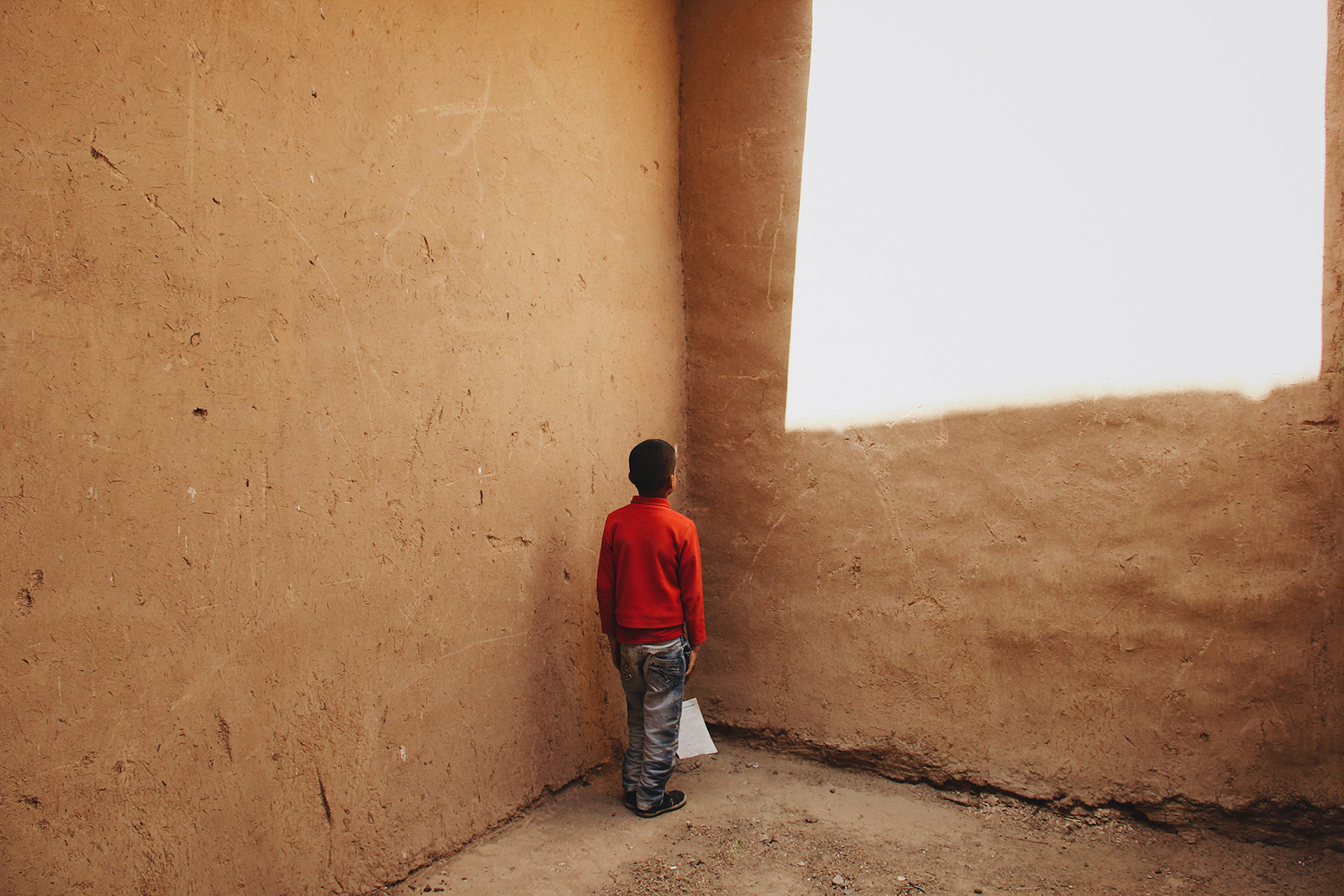All photos by Wafaa Samir. Used with Creative Commons permission.
Egypt is home to some of the most iconic landmarks, heritage sites, and architectural marvels, the best known of which are the Pyramids of Giza. Then, there’s one that deserves a little more attention: the New Gourna Village in Luxor, West Bank. Through his What Remains series, Cairo-based photographer Wafaa Samir opens our eyes to what’s left of this remarkable example of ingenious architecture.
As suggested by the title, Samir’s work takes us around the earthen hallways and places of interest around New Gourna Village. It was built in 1946 to relocate the Old Gourna community of amateur archaeologists that settled around the ancient sites. The goal was to reduce the damage and looting at the Pharaonic sites nearby. Hassan Fathy, the architect commissioned for the project, is considered a pioneer of sustainable architecture for his vision. Samir tells us that Fathy’s big idea was to create a sustainable, eco-friendly village for low-income families using the cheapest material that can be derived from the earth: mud. His design incorporated mud bricks instead of concrete and steel, and quiet inner courtyards instead of high-rise apartments. Believing that architecture has to be shaped by the culture of its residents, he also opted for simple tools and traditional methods over highly-paid contractors and imported technology to build the project.
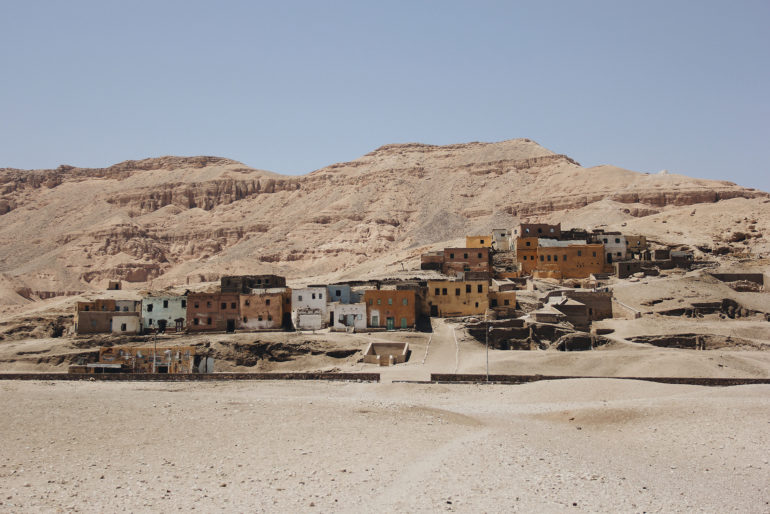
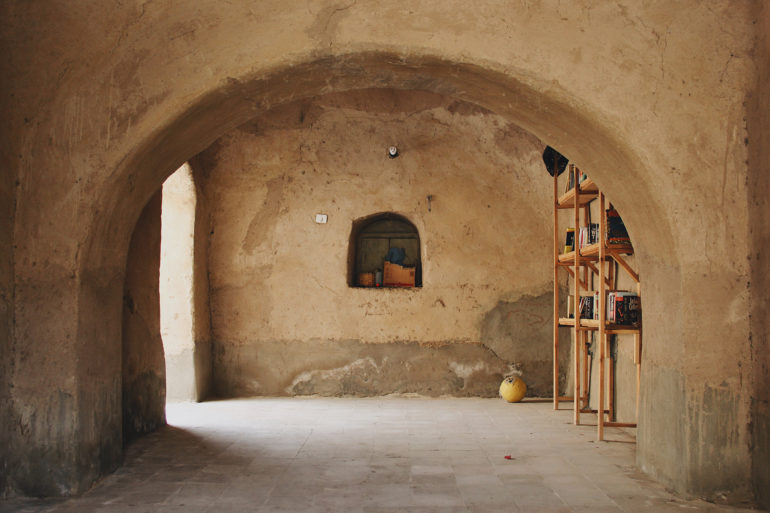

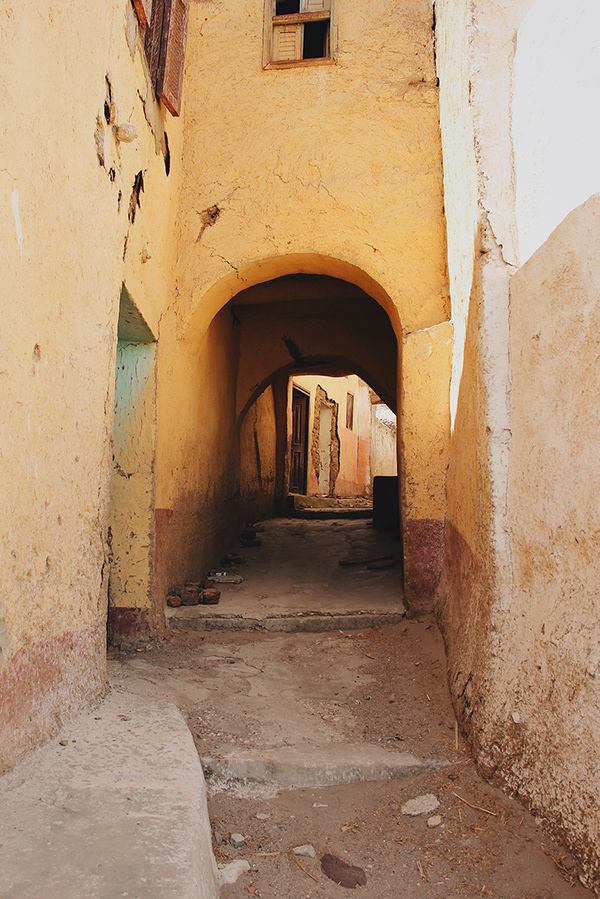
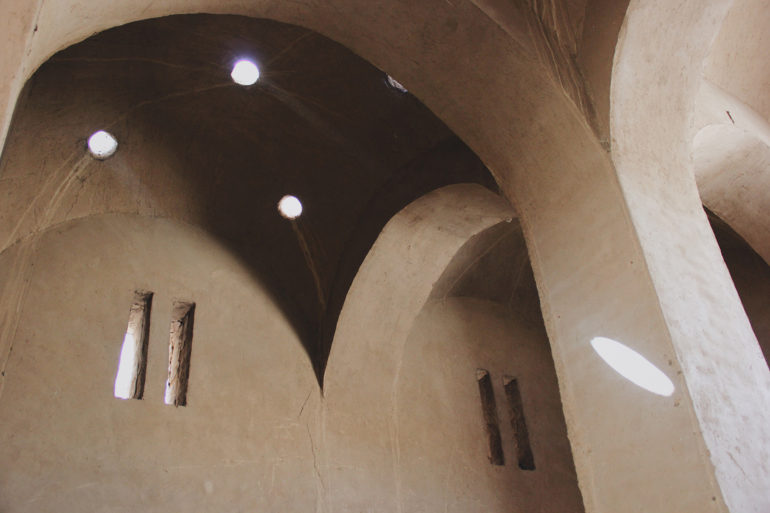
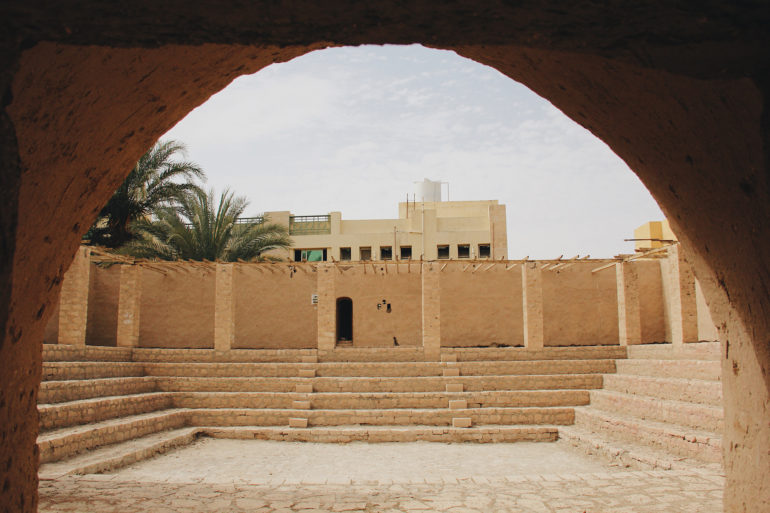
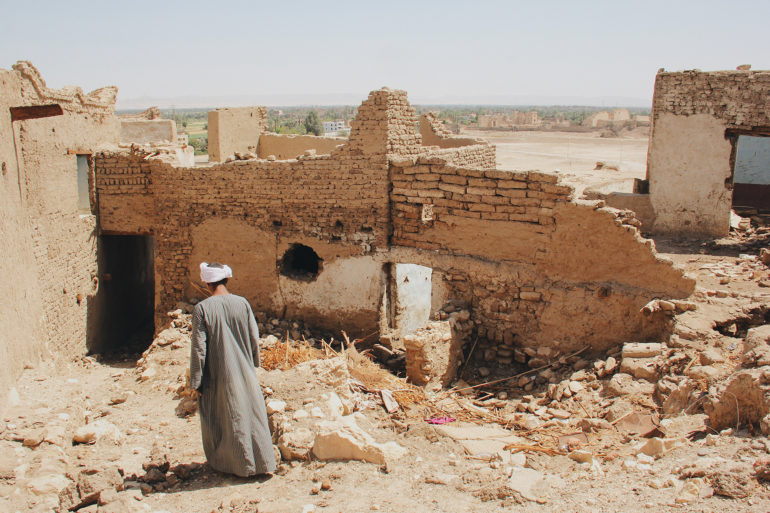
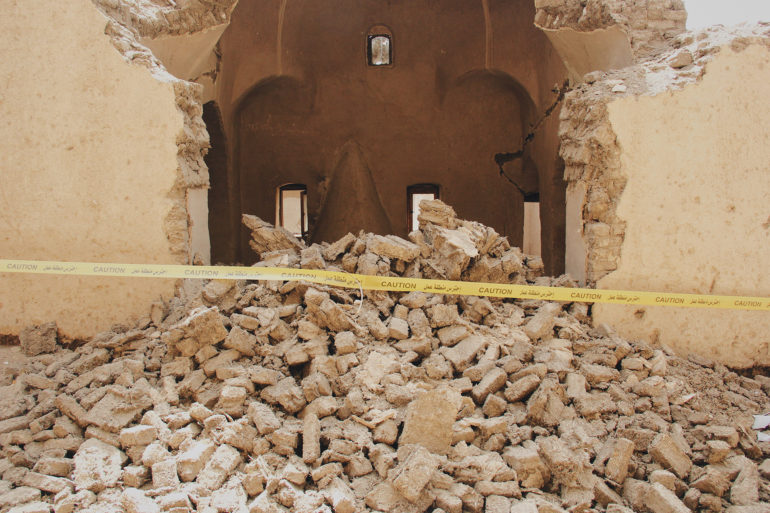
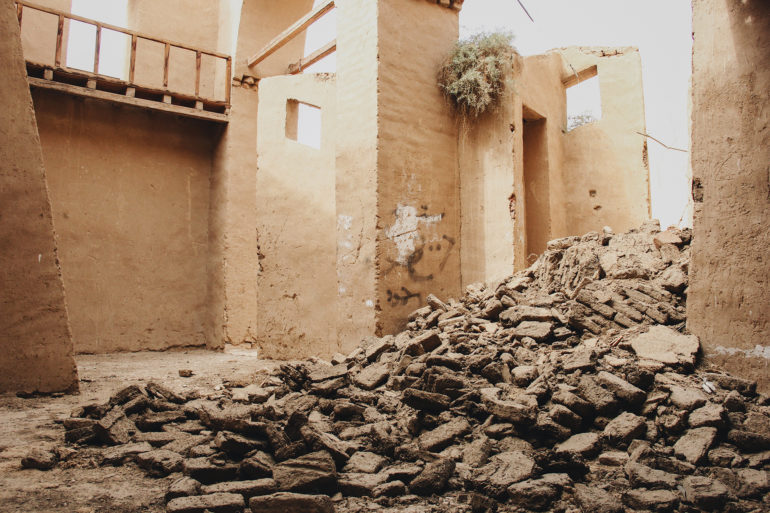
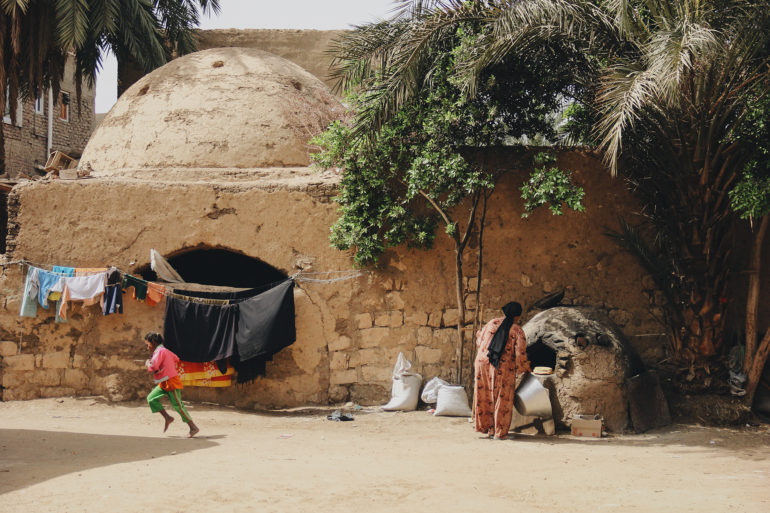
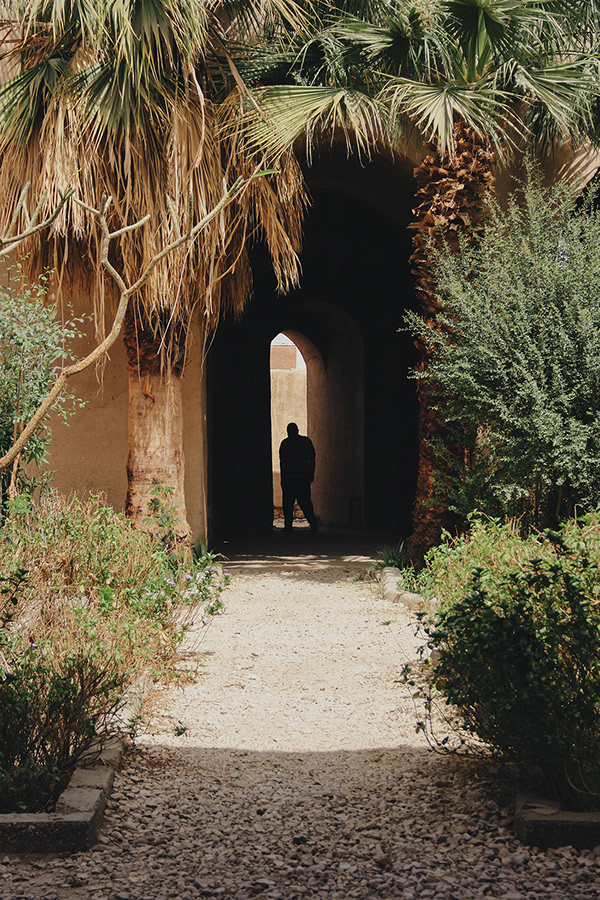
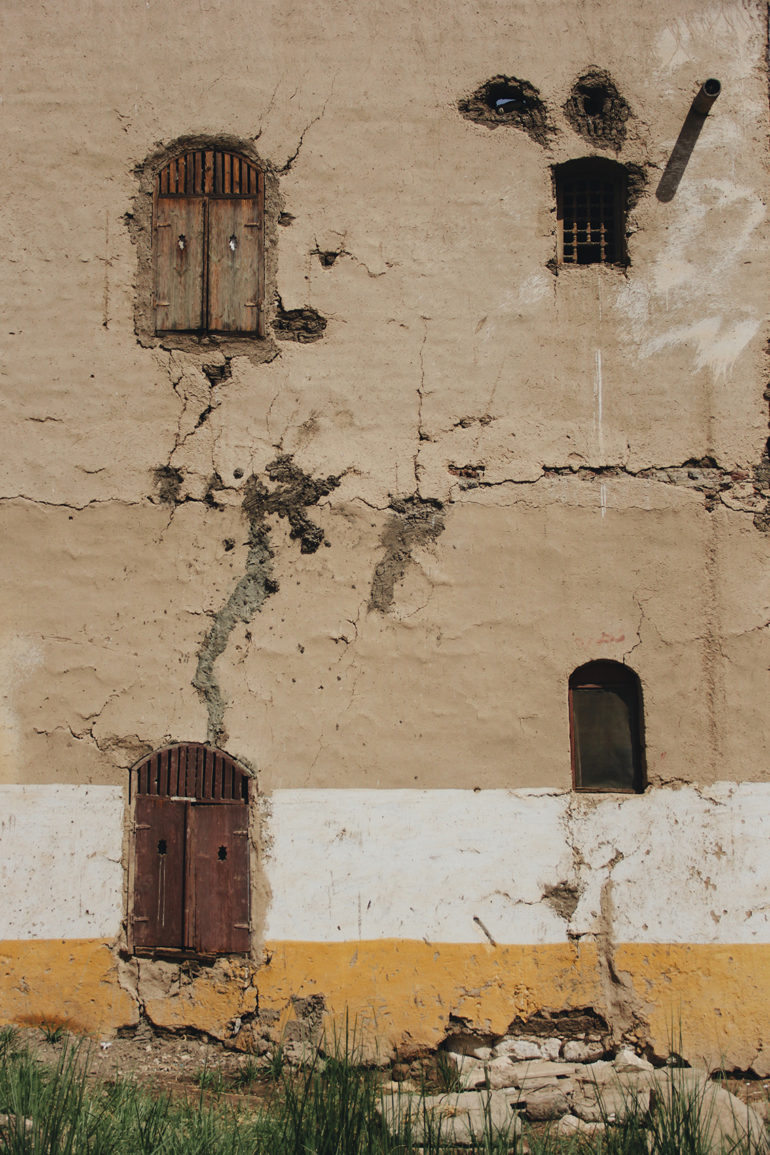
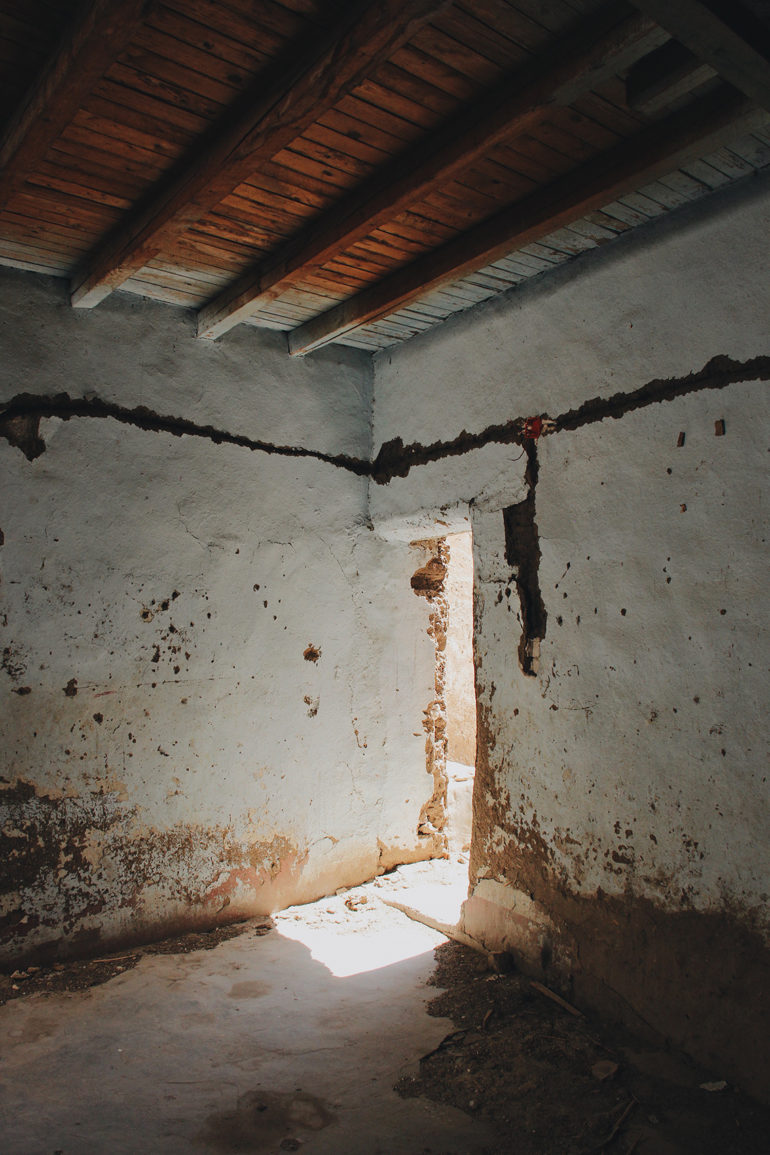
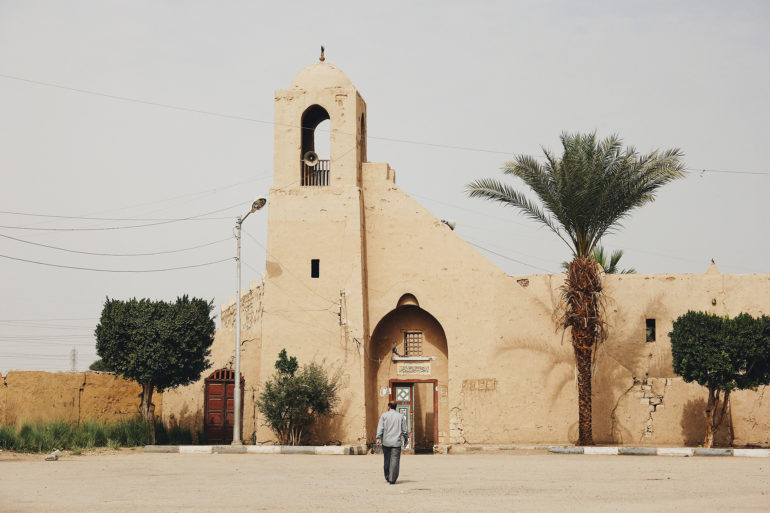
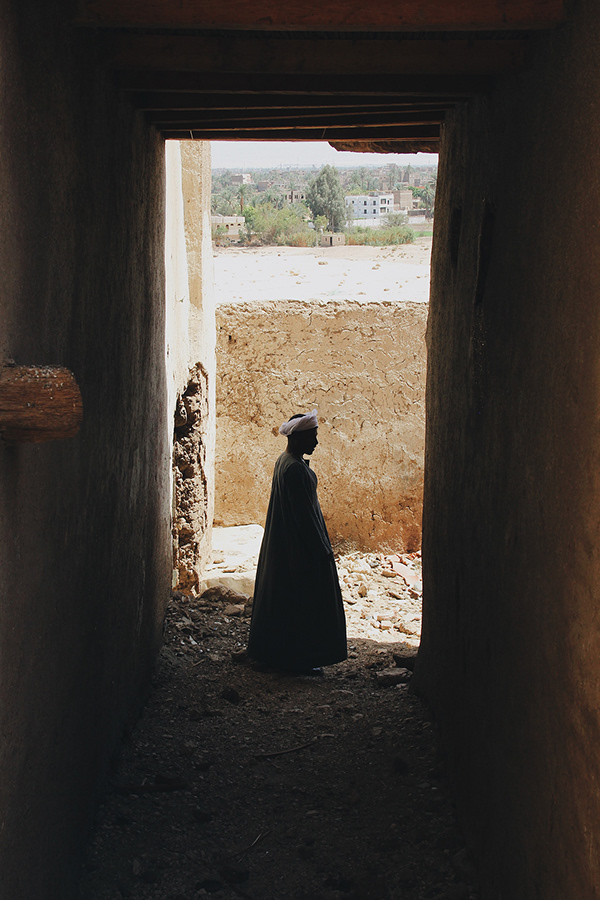
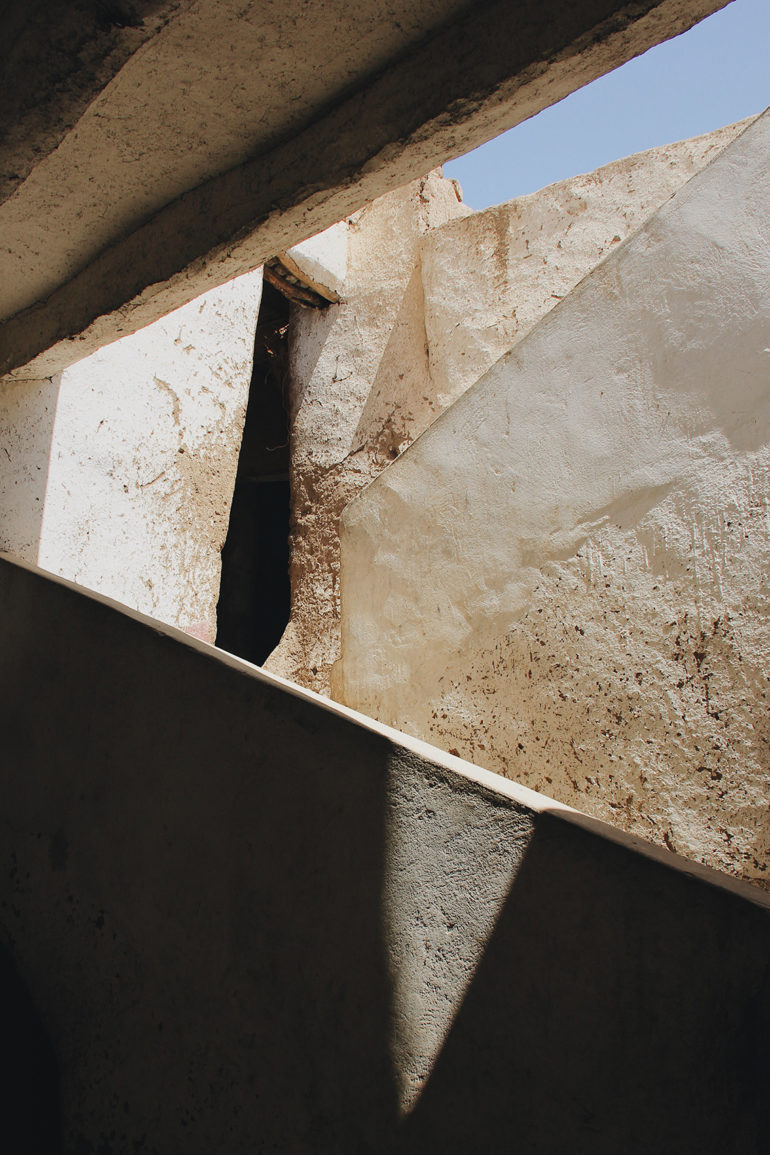
And so, New Gourna rose to become an impressive earthen village that boasted natural ventilation, large and bright rooms, and beautiful domes. However, it wasn’t built to last. The rising levels of underground water proved to be the biggest threat to the village. The mud bricks closest to the ground melted away over the years, causing the houses to sink. Villagers had to replace the old homes with simple constructions made of fire bricks. It’s been over 70 years since and, according to Samir, almost 50% of the original buildings have fallen. Some have completely disappeared.
Samir’s photos give us a peek at a historic and ingenious village that was ahead of its time when it was built — while it hasn’t completely crumbled yet. It opens our eyes to the possibilities explored in architecture then and now, and what we can learn from designing living spaces. Years and decades from now, these photos will be among the visual records of New Gourna Village and its significance in the architecture world.
Visit Wafaa Samir’s website and Behance portfolio to see more of his photography.


